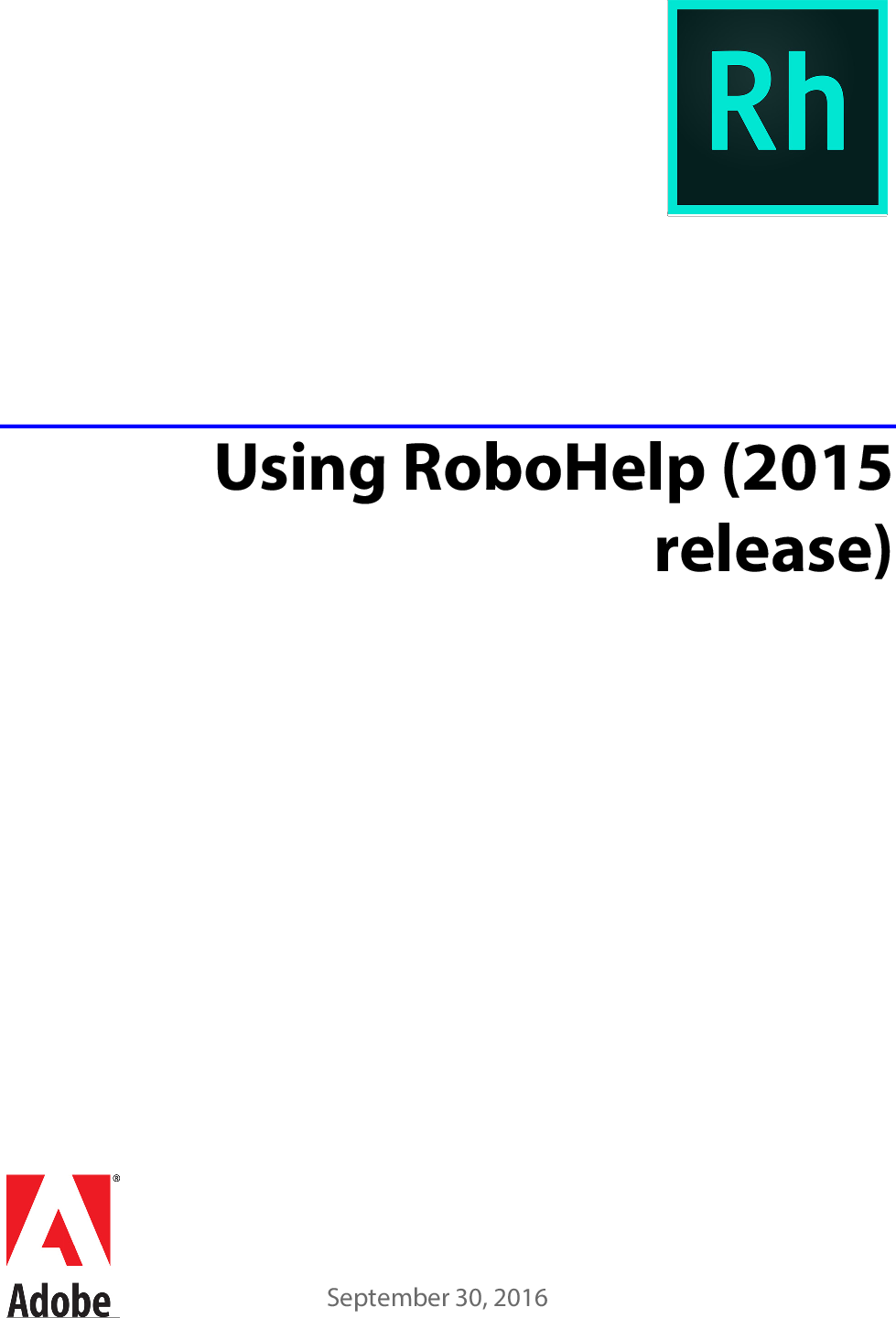Logic Components Folder
Beyond separating the components by modules, we also include a UI folder inside src/components, to keep all our generic components in it. 1 1 UI Components are components generic enough to. Two inputs (foundational elements and program resources). The identification of these logic model components and linkages among these components was used to identify a number of necessary and important evaluation studies of the ASCA National Model. Keywords: ASCA National Model, school counseling, logic model, program evaluation, evaluation studies. Includes the name of the license, the list of open source components citing the license, and the terms of the license. The default location of this file is: C: Program Files (x86) Common Files Rockwell Help Release Notes OPENSOURCE osslicenses.txt. You may obtain Corresponding Source code for open source packages. Photo-electrics with discrete electronic logic control without the use of a PLC or pneumatic logic components. This system provides all the “intelligence” needed to accurately control the various functions of zero-pressure accumulation on a variety of conveyor models. Reduced noise, higher reliability, higher throughputs, and ease of. Components defined at the root level of your project, in the components folder, are global and can be used anywhere in your application. But if you decide to define a new component inside another.
- Logic Components Folder Definition
- Logic Components Folder Storage
- Logic Components Folder App
- Logic Components Folder Icons
Installing Syntheway Audio Units (AU) Plug-ins .component files in Apple Logic Pro
Logic Pro can act as a host for (compliant, correctly installed and authorized) Audio Units effect and instrument plug-ins from other manufacturers. Logic Pro can also control TDM plug-ins when Pro Tools audio hardware is used. Details on the use of TDM plug-ins can be found in theLogic Pro TDM Guide.
Important:Logic Pro cannot act as a host for plug-ins in VST or RTAS format. There are, however, utilities such as the VST to Audio Units Adapter (http://www.fxpansion.com), that “wrap” Mac OS X versions of VST plug-ins to create virtual Audio Units. Once wrapped, most of these plug-ins behave, and can be used, just like Audio Units.
Installing Audio Units .component files

AU Audio Unit Installation for macOS (Previously Mac OS X, then OS X):
Instructions:
Logic Components Folder Definition
1.- After download, double-click on the .dmg file (Apple disk image format, HFS+ volume). This will open the file with DiskImageMounter utility. Otherwise, right-click the .dmg file and select Open with > DiskImageMounter from the menu. A dialog window will appear, verifying the file and mounting it. Once mounted, the .dmg will appear in the Finder sidebar under the 'Devices' header along with the hard drive.
2.- Open a Finder window (click the 'Finder' icon in the dock). Highlight the mounted image file within Finder's sidebar. A list of the files within the .dmg will appear in the main Finder window pane.
3.- Drag the files you wish to extract to the desired destination on your computer as for example to your Mac desktop or directly drag the Audio Unit (.component) to your 'Macintosh HD/Library/Audio/Plug-Ins/Components/' folder.
4.- Unmount the .dmg after you have extracted all desired files by clicking the small 'Eject' icon next to the mounted image in Finder's sidebar. Additionally, you can right-click (Ctrl-click) the mounted .dmg icon on the desktop and select 'Eject' or simply unmount the virtual drive by dragging it to the Trash (Note that this will not delete the files from your computer, the dmg file will still be there).
Logic Components Folder Storage
5.- If you have the extracted files in your Mac desktop, move the '.component' file to the Components folder in your audio plugins folder. Usually Macintosh HD/Library/Audio/Plug-Ins/Components/
6.- If your DAW is running, close it and restart it. When your DAW starts up, it will rescan your plugins folder and detect your recently installed plugin.
Finding the Audio Plugins folder: The plugin folder is nested in the Macintosh HD Library. There are usually a minimum of two Libraries on your Mac, one in Macintosh HD and another in your user account. You should only place the plugins in the Macintosh HD Library so that it can be accessed by all users on the computer. The usual location of the folder should be: Macintosh HD/Library/Audio/Plug-Ins/
Syntheway Audio Units and VST are Loadable Bundles, using Cocoa framework and xCode Integrated Development Environment (IDE) written in Objective C. Bundles provide a simplified interface for end users and a convenient way to deliver software in macOS operating system.
Working with the Audio Units Manager
Audio Units™ is a trademark of Apple Inc.
Logic Pro™ is a trademark of Apple Inc.
VSTis a trademark of Steinberg Soft- und Hardware GmbH
Logic Components Folder App
Mac™ is a trademark of Apple Inc., registered in the U.S. and other countries.
Logic Components Folder Icons
OS X & macOS are a trademark of Apple Inc., registered in the United States and other countries